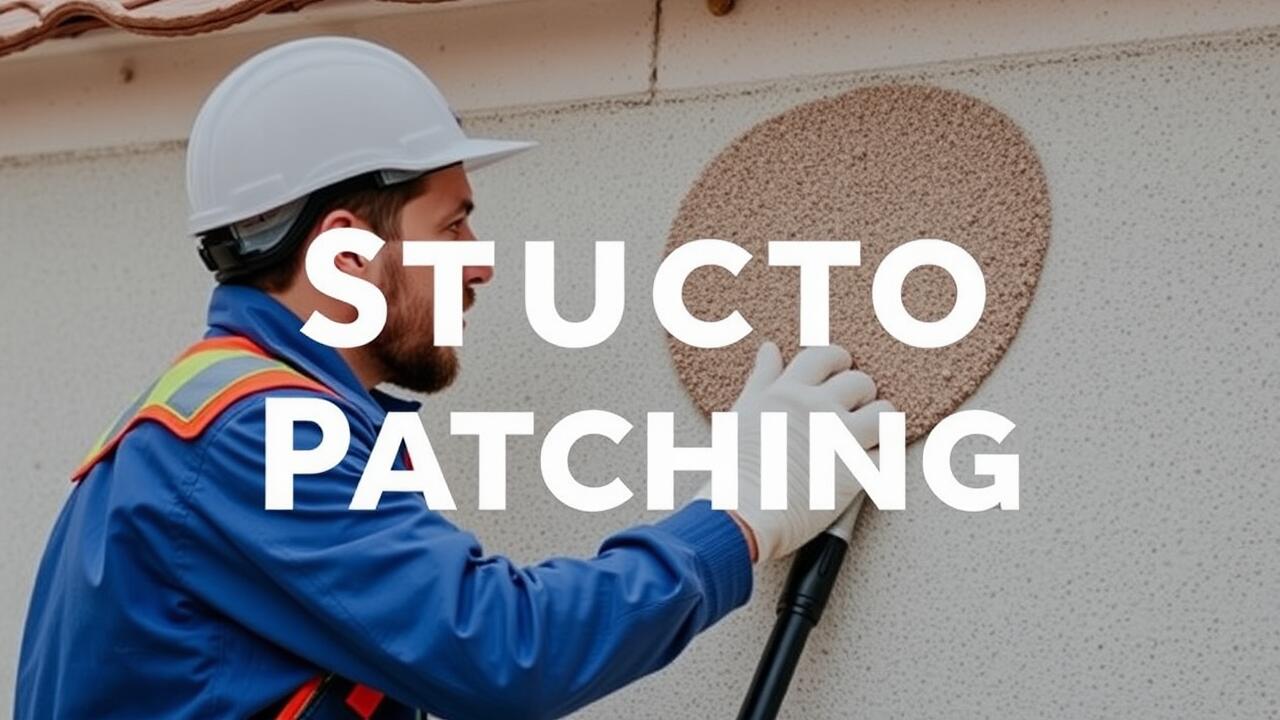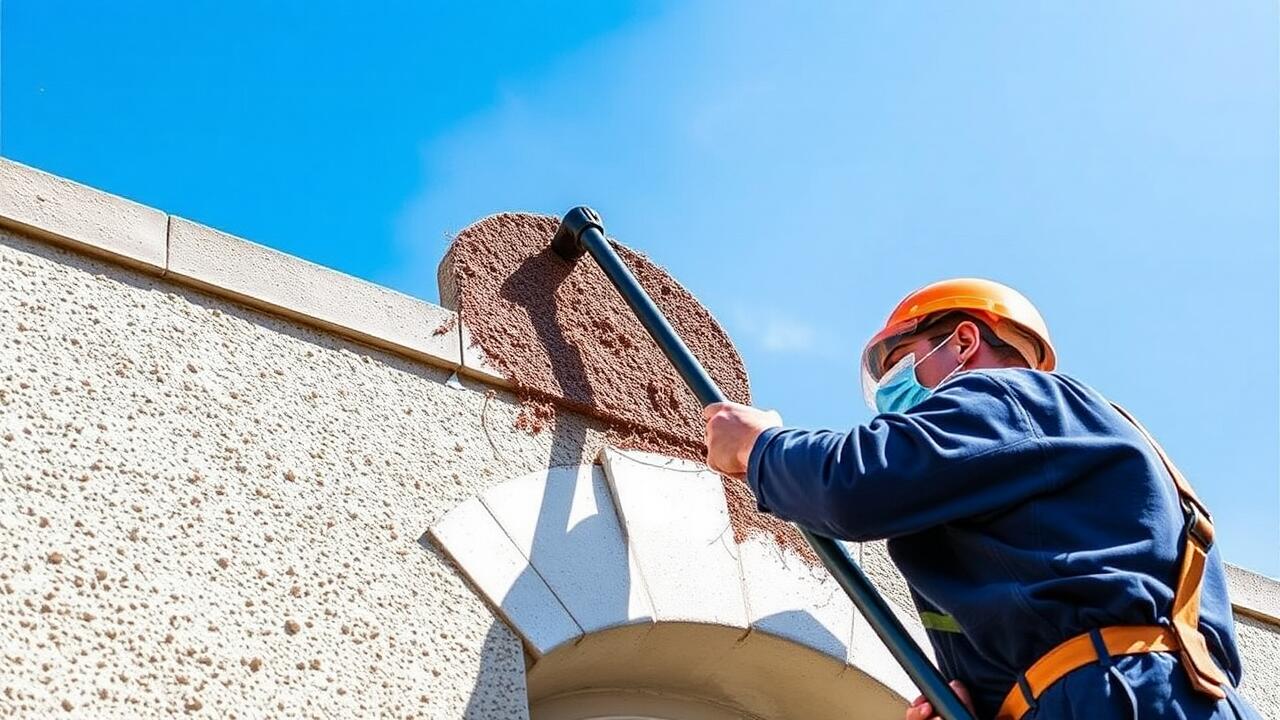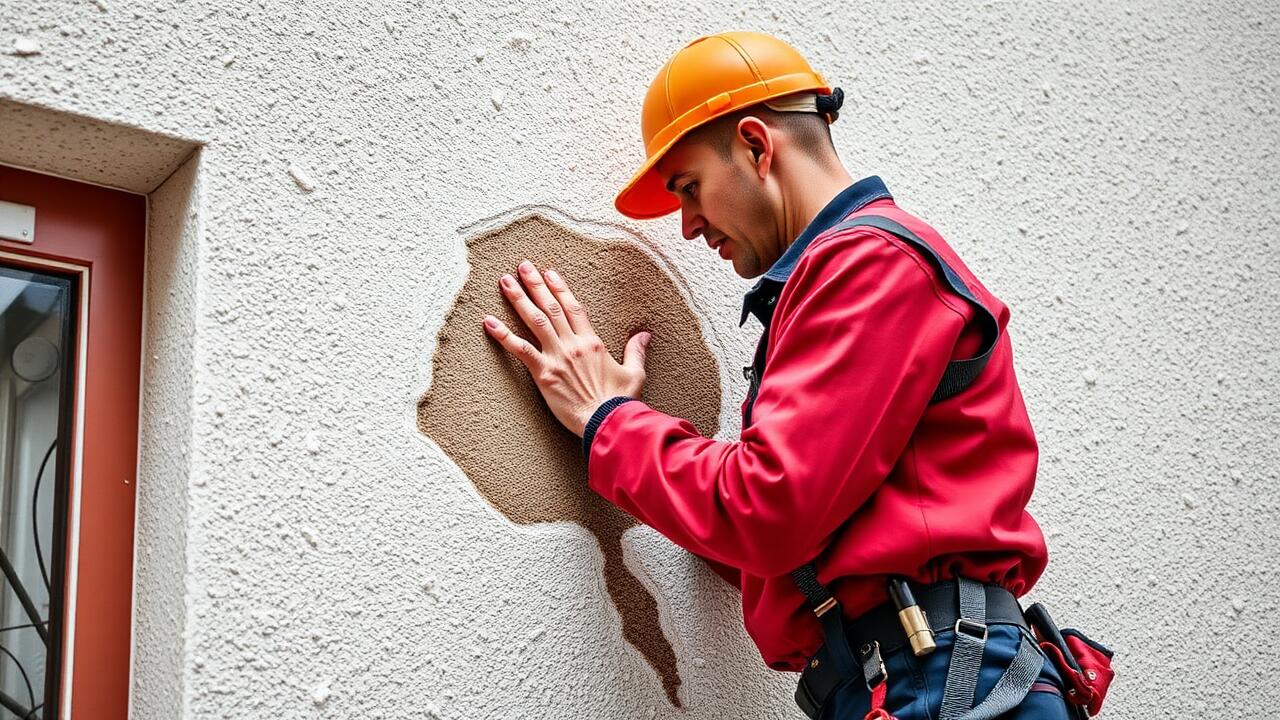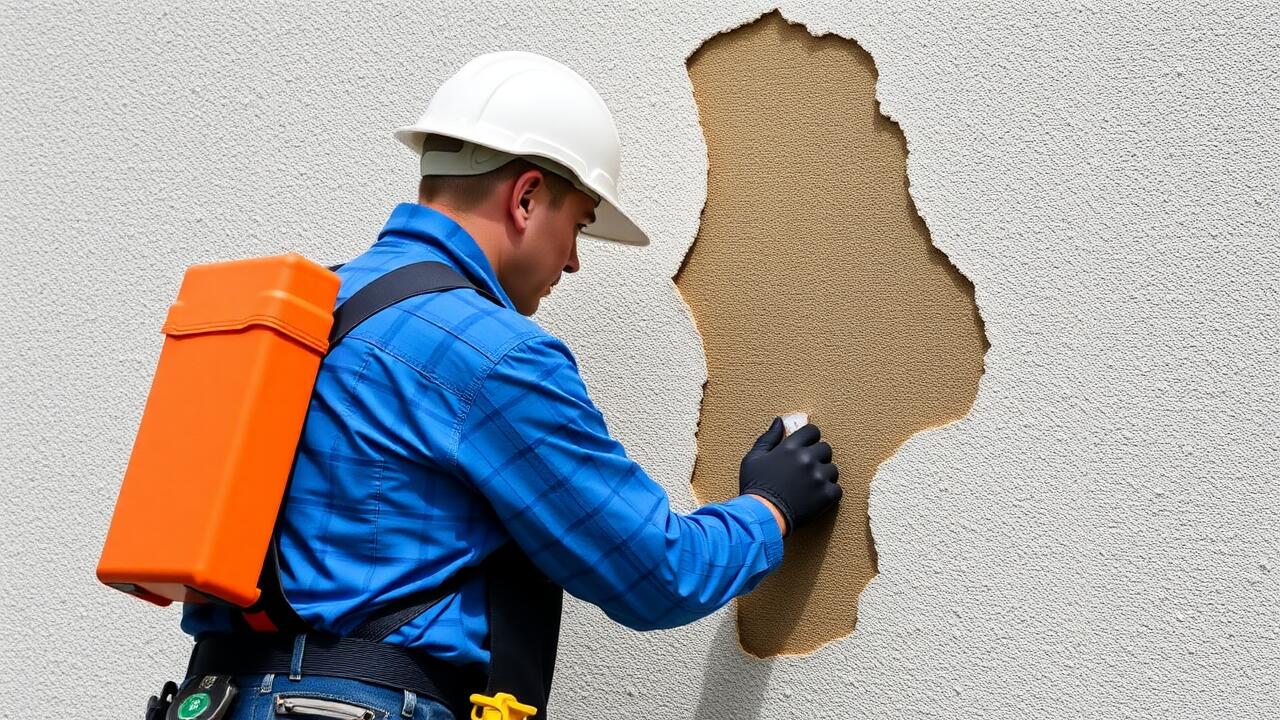
Timing and Conditions for Curing Stucco
Timing is critical when it comes to curing stucco. The ideal curing period generally extends for at least three to seven days, depending on environmental conditions. Warmer temperatures can speed up the curing process, while cooler or more humid conditions may necessitate a longer duration. Maintaining consistent moisture levels during this time is crucial for achieving a durable finish. It’s important to monitor the weather, as unexpected rain or excessive heat can negatively impact the curing process.
Conditions surrounding the application of new stucco also play a significant role. High winds can cause rapid evaporation of moisture, leading to cracking. In contrast, applying stucco in excessively cold temperatures can prevent it from curing properly. For those searching for reliable solutions, services that offer "Stucco Patching near me" can provide guidance on working under the right conditions. Ensuring the right environment will contribute significantly to the longevity and integrity of the repair.
Factors Influencing Curing Duration
Curing duration for stucco is influenced by several critical factors, including temperature and humidity levels. Optimal curing conditions typically include mild temperatures and moderate humidity. Extreme heat can cause the stucco to dry too quickly, which may lead to cracking and insufficient hardening. High humidity can slow down the drying process, potentially resulting in improper curing if not monitored closely. Installers should consider the local weather conditions when scheduling stucco patching projects.
Another important factor is the thickness of the stucco application. Thicker layers of stucco tend to retain moisture longer, which can extend the curing time. Conversely, thinner applications may set more rapidly but require careful observation to ensure they do not dry out too fast. For anyone searching for reliable service, a quick online search for "Stucco Patching near me" can lead to professionals who understand these nuances and can deliver quality repairs effectively.
Common Mistakes in Stucco Curing
One common mistake made during stucco curing is neglecting the necessary moisture levels. Proper hydration is essential for the stucco to cure effectively, as insufficient moisture can lead to cracking and reduced durability. Many people assume that once the initial application is complete, the moisture content will remain ideal. However, this is not the case. Regularly misting the surface or covering it with damp burlap can help maintain the right conditions.
Another frequent oversight occurs when contractors rush the curing process. Each layer of stucco requires adequate time to set before the next is applied. Skipping this waiting period can compromise the integrity of the overall repair and lead to significant issues down the line. When searching for solutions, many homeowners might look for "stucco patching near me," hoping to find professionals who understand the importance of proper curing and can ensure a long-lasting repair.
Avoiding Pitfalls in the Curing Process
Proper curing of stucco is crucial for achieving a durable finish. One common pitfall during this process is neglecting to monitor environmental conditions. Temperature fluctuations and varying humidity levels can significantly affect how quickly stucco cures. Keeping a close eye on these factors ensures that the application remains stable and can prevent issues such as cracking or incomplete hardening. Homeowners looking for reliable results might search for "Stucco Patching near me" to find local professionals who understand the nuances of curing.
Another mistake often made is not using adequate moisture retention techniques. Applying curing compounds or covering the stucco with wet burlap can help maintain moisture during the curing period. Failing to protect the surface from excessive wind or sun exposure can lead to uneven curing and weaken the overall structure. Understanding these aspects is essential for anyone involved in stucco repair and restoration. Take the time to research or consult with experts to avoid common mistakes in the curing process.
Tools and Materials for Successful Curing
Effective curing of stucco requires specific tools and supporting materials to achieve optimal results. A fine mist sprayer is essential for maintaining moisture levels during the curing period. This tool allows for even water distribution over the freshly applied stucco, preventing issues like surface cracks or discoloration. Additionally, burlap or plastic sheeting can help retain moisture and create a stable environment for the stucco to cure properly.
When searching for professional help, look for "Stucco Patching near me" to find local contractors who understand the nuances of curing. They will often have access to high-quality curing compounds and products tailored for stucco applications. Using the right combination of tools and materials ensures a successful repair that will last for years.
Essential Equipment for Curing Stucco
Selecting the right equipment for curing stucco is crucial to ensure optimal results. A moisture meter can be valuable in assessing the moisture content of the stucco, helping you determine when it’s sufficiently cured. Additionally, using plastic sheeting or burlap can aid in retaining moisture during the curing process, especially in dry climates. These materials help maintain a consistent humidity level around the newly repaired stucco, promoting proper curing.
For those seeking professional assistance, tools like spray pumps can provide a convenient way to keep the stucco moist. Continuous misting during the curing period is essential. Investing in high-quality trowels for shaping the stucco can also enhance the outcome. Many homeowners search for "Stucco Patching near me" to find reliable services that use the right tools and techniques for effective curing. Proper equipment not only makes the process easier but can also significantly enhance the durability of the stucco.
FAQS
Why is proper curing important in stucco repair?
Proper curing is essential in stucco repair because it allows the material to achieve its optimal strength and durability. It helps prevent cracking, warping, and other structural issues that can arise from inadequate moisture retention during the curing process.
How long should stucco be cured?
The curing duration for stucco typically ranges from 7 to 14 days, depending on environmental conditions and the specific formulation of the stucco mix. It's important to follow the manufacturer's guidelines for the best results.
What factors can influence the curing duration of stucco?
Factors such as temperature, humidity, and wind conditions can significantly influence the curing duration of stucco. Higher temperatures or low humidity can accelerate drying, while cooler temperatures or high humidity can prolong the curing process.
What are common mistakes to avoid during stucco curing?
Common mistakes include not covering the stucco to retain moisture, applying too much water, or allowing it to dry out too quickly. Additionally, failing to maintain consistent temperatures can lead to uneven curing and defects.
What tools and materials are recommended for successful stucco curing?
Essential tools and materials for successful stucco curing include wet burlap or plastic sheeting for moisture retention, spray misting systems for watering, and a thermometer to monitor temperature. Ensuring you have these items can help maintain the ideal curing conditions.


